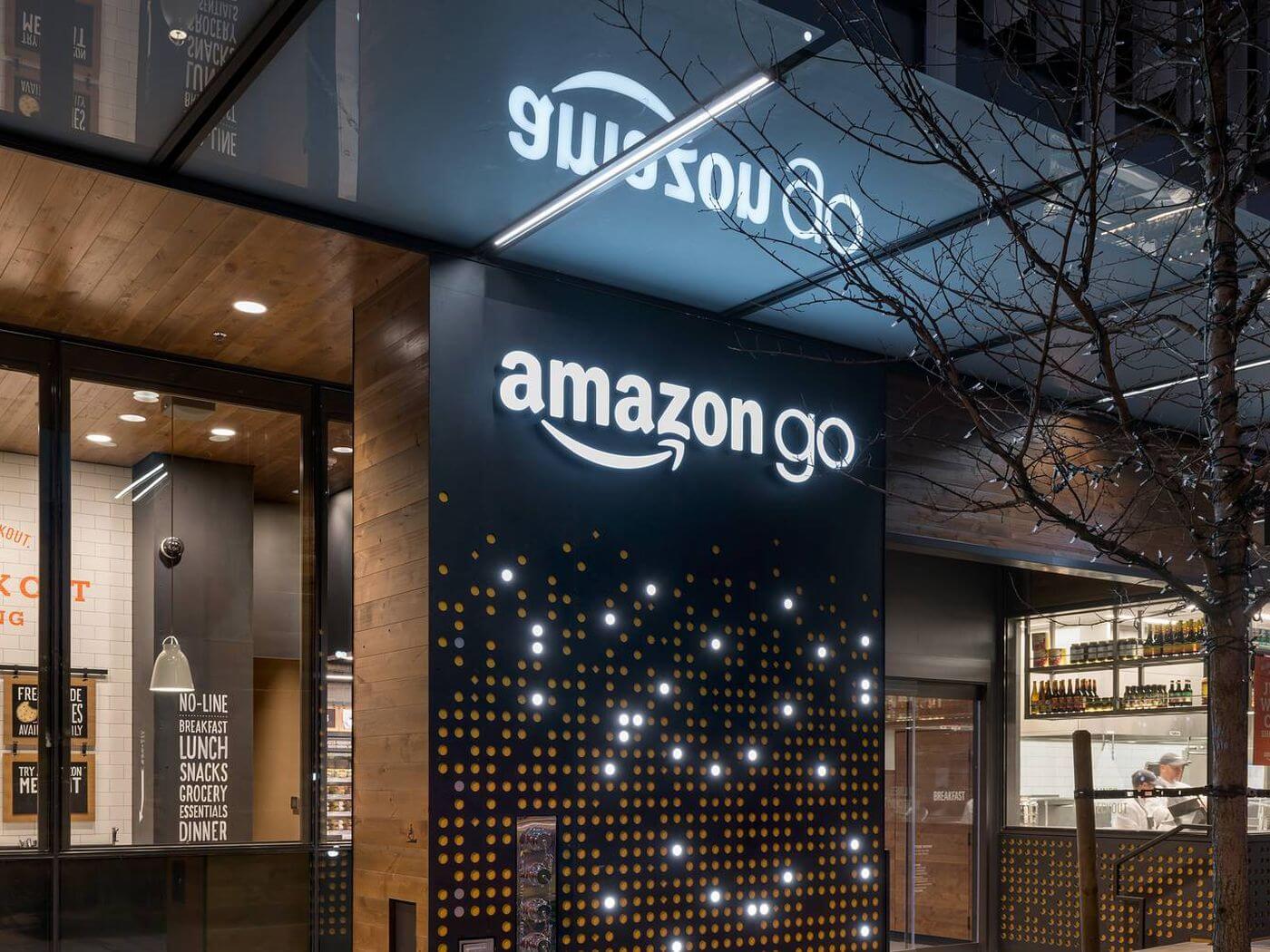Why it matters: While Amazon has ruled the e-tailer business for the past few years, physical stores represent a considerable investment which Jeff Bezos is willing to undertake for longer-term profitability.
Amazon is set to get into the convenience store business by setting up as many as 3,000 cashierless Amazon Go stores by 2021, reports Bloomberg. Amazon currently operates four such stores, three in Seattle and one in Chicago, and these are being used as trial-runs for a larger scale expansion of the business.
The company's rationale is simple: while it has developed into a massively successful enterprise, Jeff Bezos recognizes most money is still spent in brick-and-mortar stores and has devised a master to create 3,000 Amazon Go-type stores. These will provide freshly-prepared foodstuffs and a "limited grocery selection" to consumers, preferred by the affluent, urban crowd, who need only walk inside the store with a pre-installed Amazon Go app, grab the goods and walk out, to see the items charged to your account. No queues, no waiting, it says.
Bloomberg points out that the initial stores have carried a high setup cost, requiring $1 million in hardware alone, making the prospect of opening 3,000 stores a multi-billion dollar investment. However, with less staff and strictly dedicated to foodstuffs, which have a higher profitability than other retail goods, Amazon hopes to recoup the investment faster than your bog-standard food store.
As a matter of perspective, 7-eleven, the largest convenience store chain in the world operates 8,600 stores in the US, and in 2017 generated $14.33 billion in US sales alone. With 3,000 stores to its name, Amazon would stand to take a sizable bite of that pie. While opening brick-and-mortar stores seems counter-intuitive to Amazon's e-tailer DNA, we shouldn't forget that companies such as Walmart are still raking in the profits and, in that case, are valued at three times as much as Amazon.
Maybe 'popping down to the Go for a quick bite' won't sound so strange by 2021.
